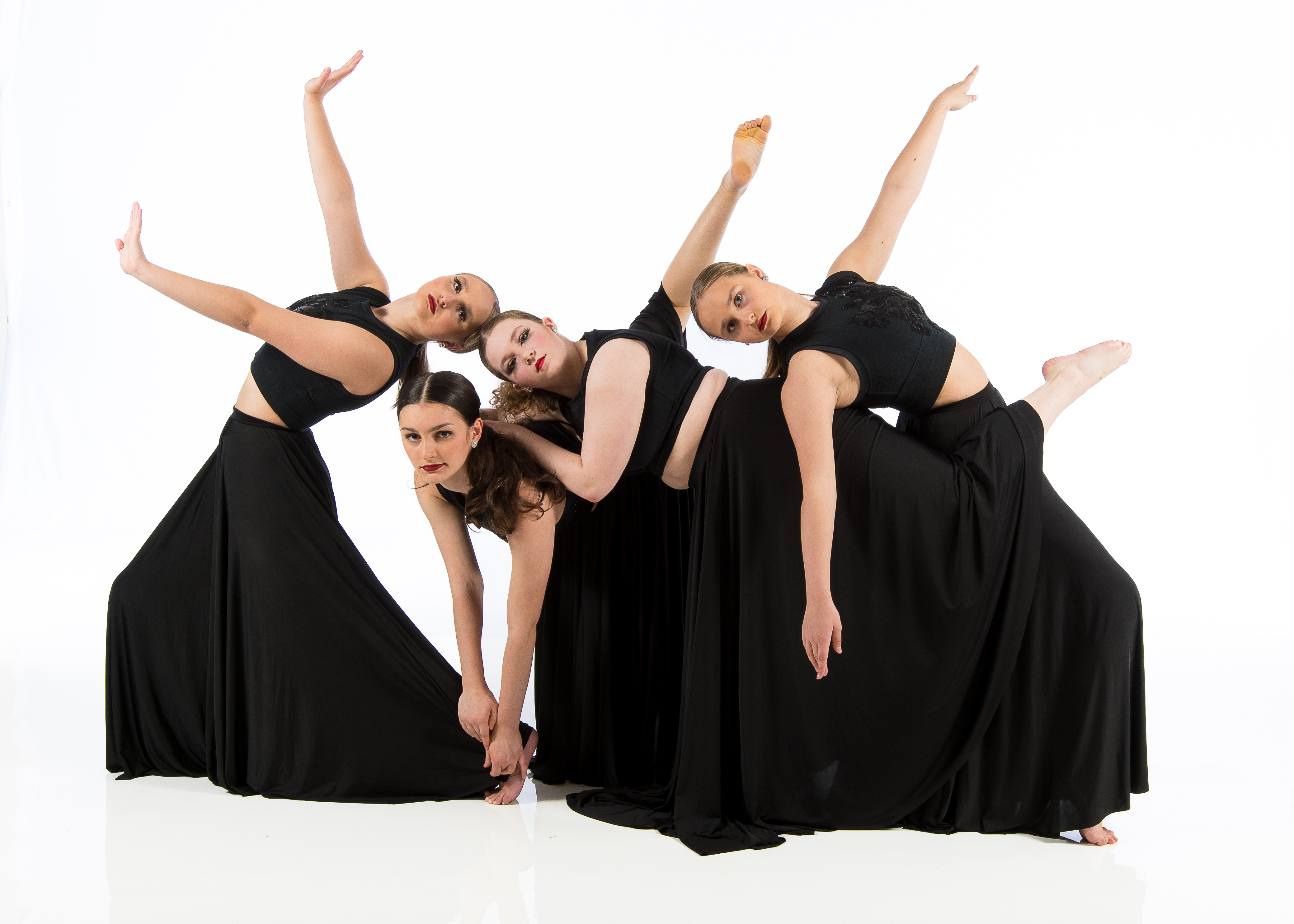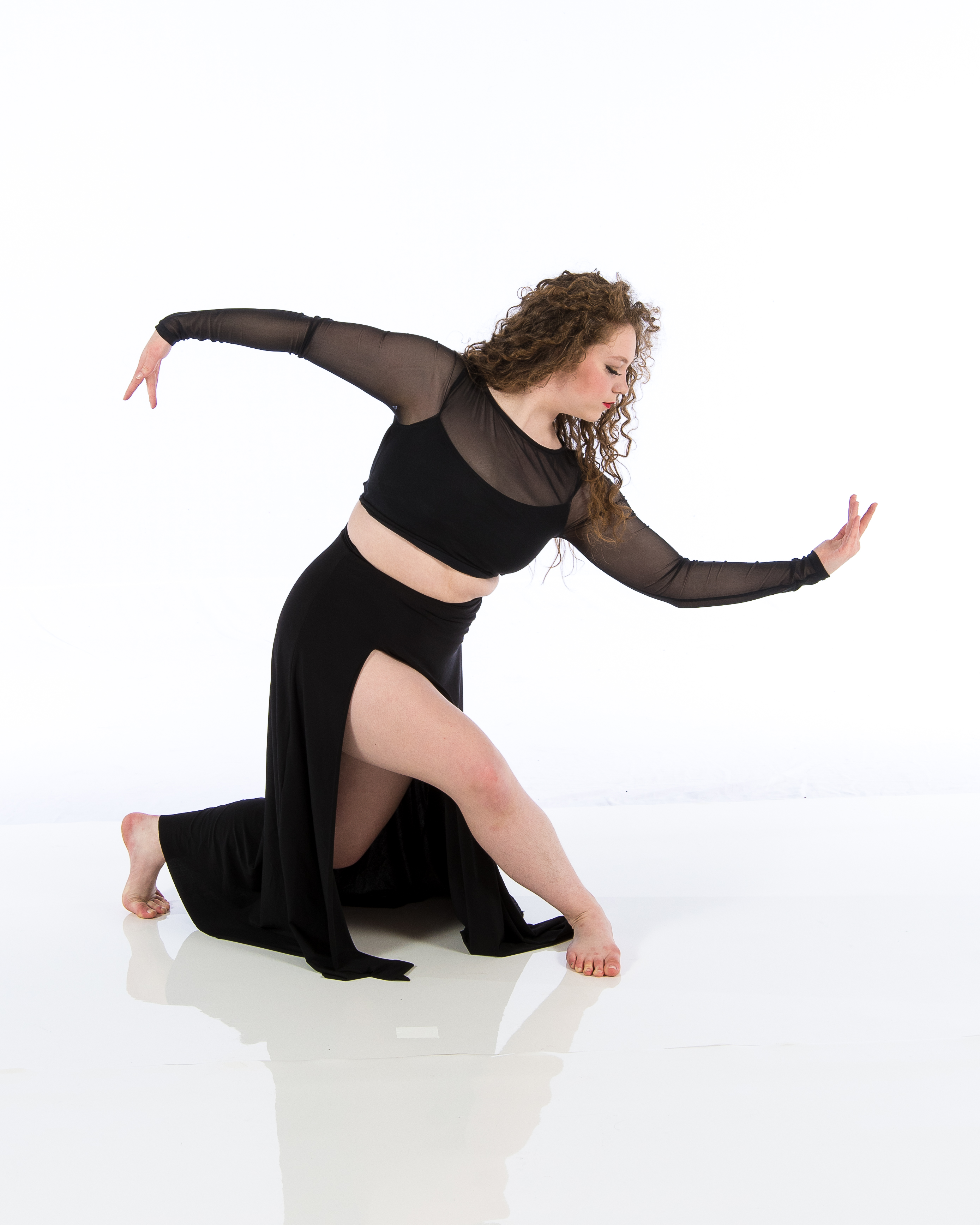Introduction
In a world where communication is key, social skills are increasingly important. From childhood through adulthood, the ability to interact with others can significantly impact personal and professional success. One of the most effective environments to cultivate these skills is within a dance academy. With its unique blend of physical movement, creativity, and teamwork, dance classes provide an ideal backdrop for developing self-confidence and social abilities. This article dives deep into how regular classes at a dance academy foster social skills and confidence, exploring various aspects of this enriching experience.
Understanding the Role of a Dance Academy
What is a Dance Academy?
A dance academy is more than just a place to learn how to move gracefully across the floor; it’s a community hub that brings together aspiring dancers from diverse backgrounds. These institutions often offer classes in various styles, including ballet, jazz, hip-hop, contemporary, and more.
Why Choose a Dance Academy?
Choosing a dance academy comes with countless benefits:
- Professional Instruction: Most academies employ experienced instructors who have extensive training. Structured Learning: Classes are usually well-organized and curriculum-based. Community Building: Academies create tight-knit communities where friendships flourish.
The Importance of Social Skills in Today’s World
What Are Social Skills?
Social skills encompass the ability to interact effectively with others. They include communication, body language interpretation, empathy, and conflict resolution.
Why Are Social Skills Important?
Social skills are crucial for:
- Building relationships Achieving career success Enhancing personal well-being
How Regular Classes at a Dance Academy Foster Social Skills and Confidence
Regular classes at a dance academy integrate physical activity with social interaction. The environment encourages students to collaborate, share experiences, and build rapport with one another.
Collaborative Learning Environment
Dance classes often require teamwork. Whether it's learning group choreography or performing in pairs, students must communicate effectively to succeed. This collaboration enhances their verbal and non-verbal communication skills.
Overcoming Shyness Through Movement
Many young dancers initially feel shy or anxious about performing in front of others. However, regular practice helps them gradually overcome these feelings:
Exposure: The more they perform in front of an audience—be it classmates or family—the more comfortable they become. Positive Reinforcement: Receiving praise from instructors and peers boosts their self-esteem.Developing Self-Esteem Through Achievement
Setting Personal Goals
In dance classes, students set personal goals like mastering specific moves or routines. Achieving these goals contributes significantly to building self-confidence.
Celebrating Milestones Together
Dance academies often celebrate milestones—recitals or competitions—which fosters camaraderie among students:
- Encouragement from peers builds support networks. Celebrating achievements reinforces their self-worth.
The Power of Non-Verbal Communication in Dance
Understanding Body Language
Dance is primarily a form of non-verbal communication. Hip Hop Dance Class https://www.dotyperformance.com https://www.dotyperformance.com/staff Students learn how to express emotions through movement rather than words.
Expressing Emotion Through Movement
Dancers often use gestures and facial expressions to convey feelings during performances:
- This practice helps them understand others' emotions better. It promotes empathy—a vital social skill.
Building Friendships in the Studio
Creating Bonds Through Shared Experiences
Shared experiences in dance classes help forge lasting friendships among students.
Late-night rehearsals Group performances Team-building exercisesThese moments contribute to creating strong bonds that extend beyond the studio walls.
Inclusivity in Dance Academies
Most dance academies strive for inclusivity regardless of background or skill level:
- This diversity exposes students to different perspectives. It encourages acceptance and understanding among peers.
The Role of Performance Opportunities in Building Confidence
Showcases as Confidence Builders
Performances serve as pivotal moments for dancers:
The thrill of showcasing hard work. The opportunity to receive constructive feedback. Experience dealing with nerves positively.Each performance teaches resilience—a key component of confidence.
Competing at Local Competitions
Local competitions offer students the chance to test their skills against others:
- Winning boosts confidence significantly. Losing provides valuable lessons on perseverance.
The Emotional Benefits of Dancing Together
Stress Relief Through Movement
Dance isn’t just about technique; it’s also an emotional outlet:
Physical activity releases endorphins. Dancing can alleviate anxiety and stress levels.This emotional release contributes positively to overall mental health—critical for developing social skills!
Building Trust Among Peers
As students work closely together during classes:
- They develop trust through shared vulnerabilities. Trust enhances interpersonal relationships both inside and outside the studio.
Encouraging Leadership Qualities Through Dance Classes
Taking Initiative During Group Work
Dance often requires leadership qualities such as guiding group choreography or assisting newer dancers:
Taking responsibility fosters accountability. Leading by example instills confidence in leadership abilities.These experiences prepare young dancers for future roles in team settings outside the studio!

FAQs
1. What Age Should My Child Start Dancing?
It's best for children to start around age 4 or 5 when they can follow instructions but many academies offer programs for older beginners too!
2. How Do Dance Classes Help with Anxiety?
Dance provides an outlet for expression while promoting physical activity which reduces anxiety levels!
3. Will My Child Make Friends?
Absolutely! Dance classes are highly collaborative environments where friendships naturally form over time!
4. Can Adults Benefit from Dance Classes?
Definitely! Adult learners find improved confidence along with stress relief through engaging activities like dancing!
5. What Styles Are Typically Offered at A Dance Academy?
Styles vary by academy but common options include ballet, jazz hip hop & contemporary among others!
6.Besides Dancing What Else Do Students Learn?
Students gain valuable life lessons such as discipline teamwork resilience excitement & much more throughout their journey!
Conclusion
In summary, regular classes at a dance academy provide not only technical training but also invaluable life skills that extend far beyond the confines of the studio walls! By fostering social skills—such as effective communication—and cultivating self-confidence through achievement & shared experiences—dance enriches lives holistically! So if you're considering enrolling yourself or your child into a program—rest assured this decision will yield benefits long after those final bows on stage are taken! Remember: every step taken on that floor leads towards greater connections both personally & professionally!
